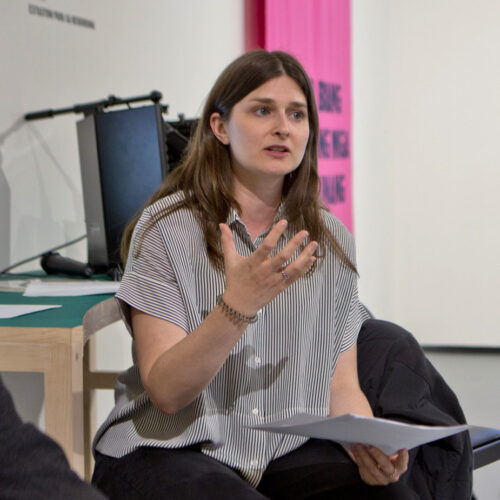Collective Mobilities
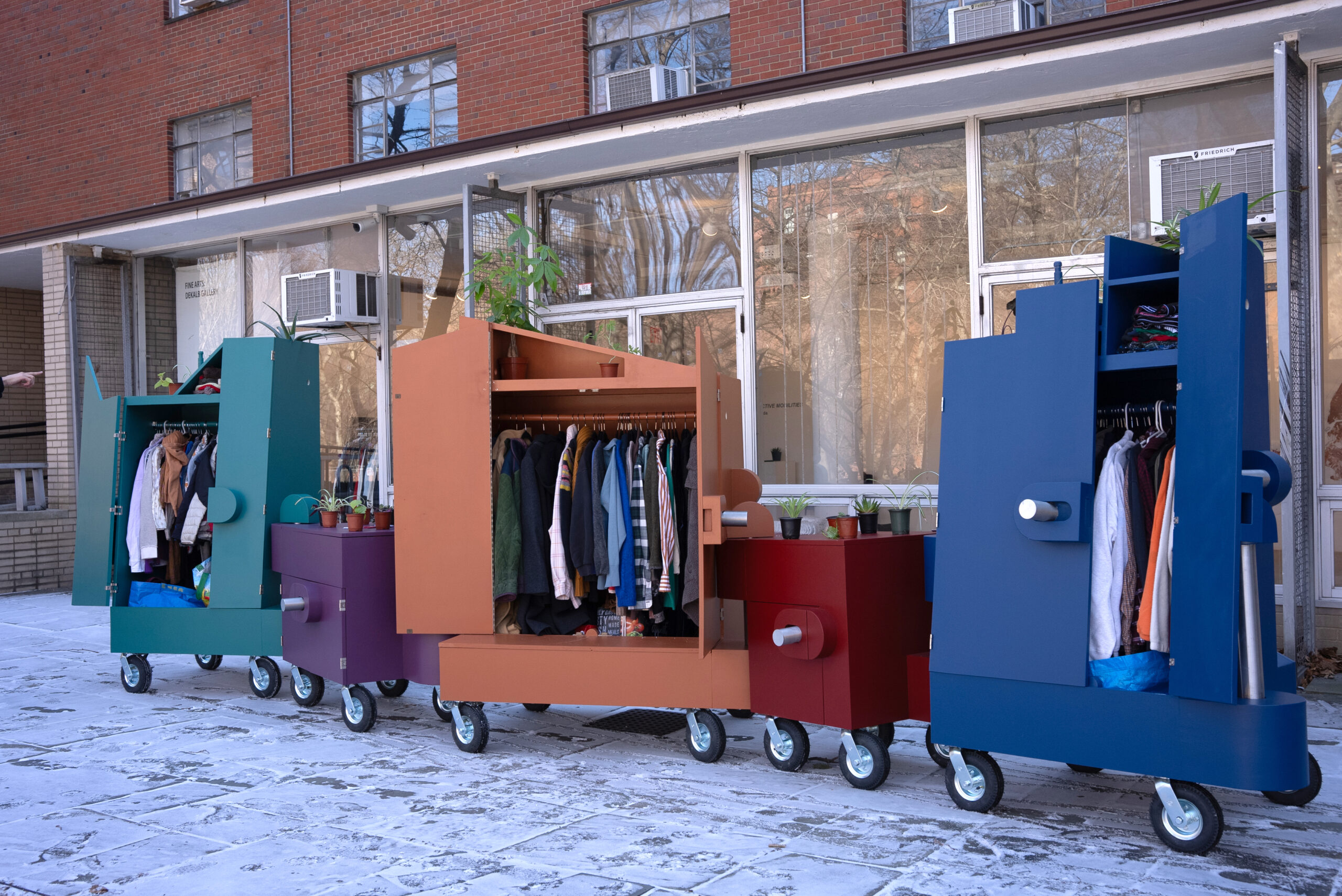
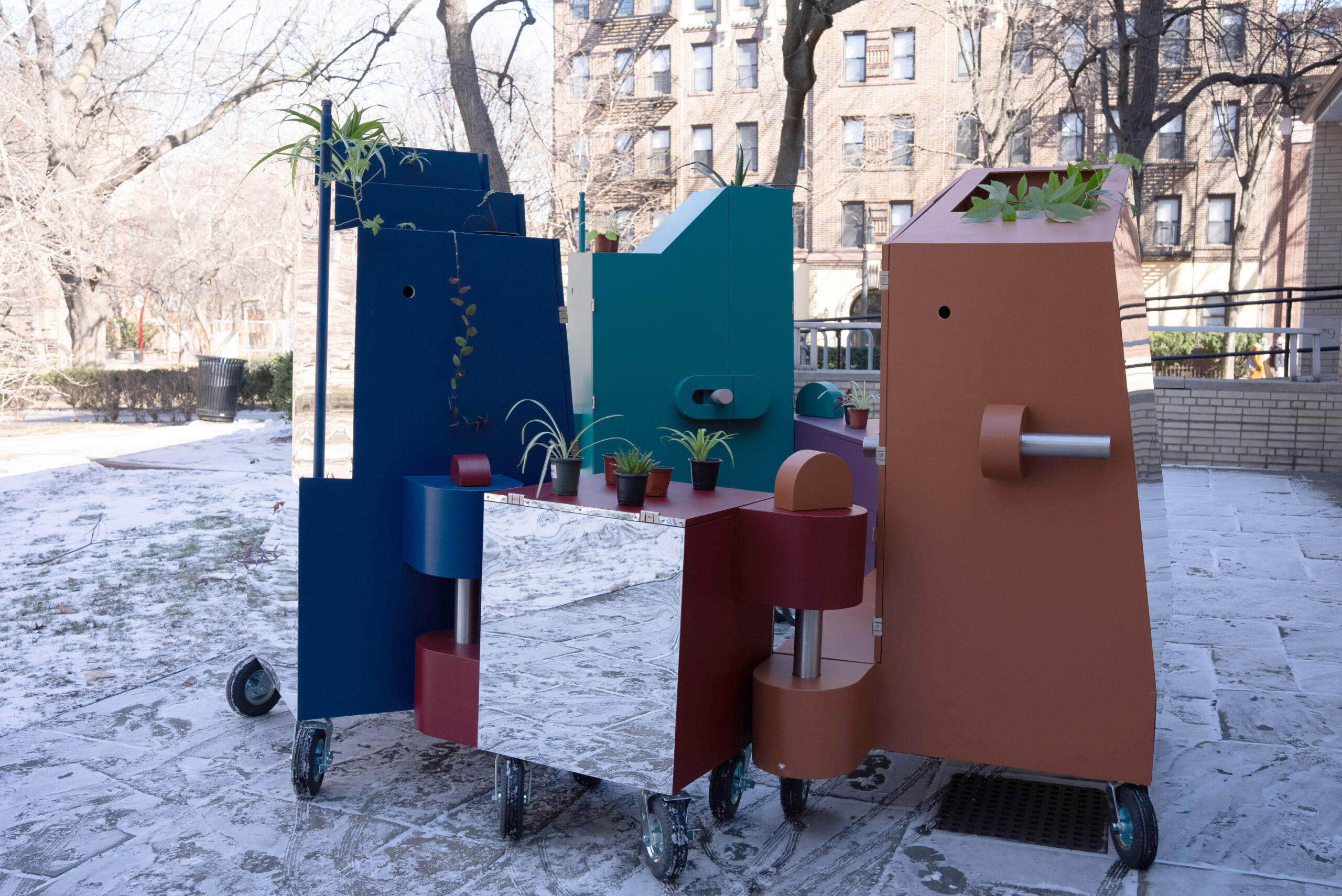

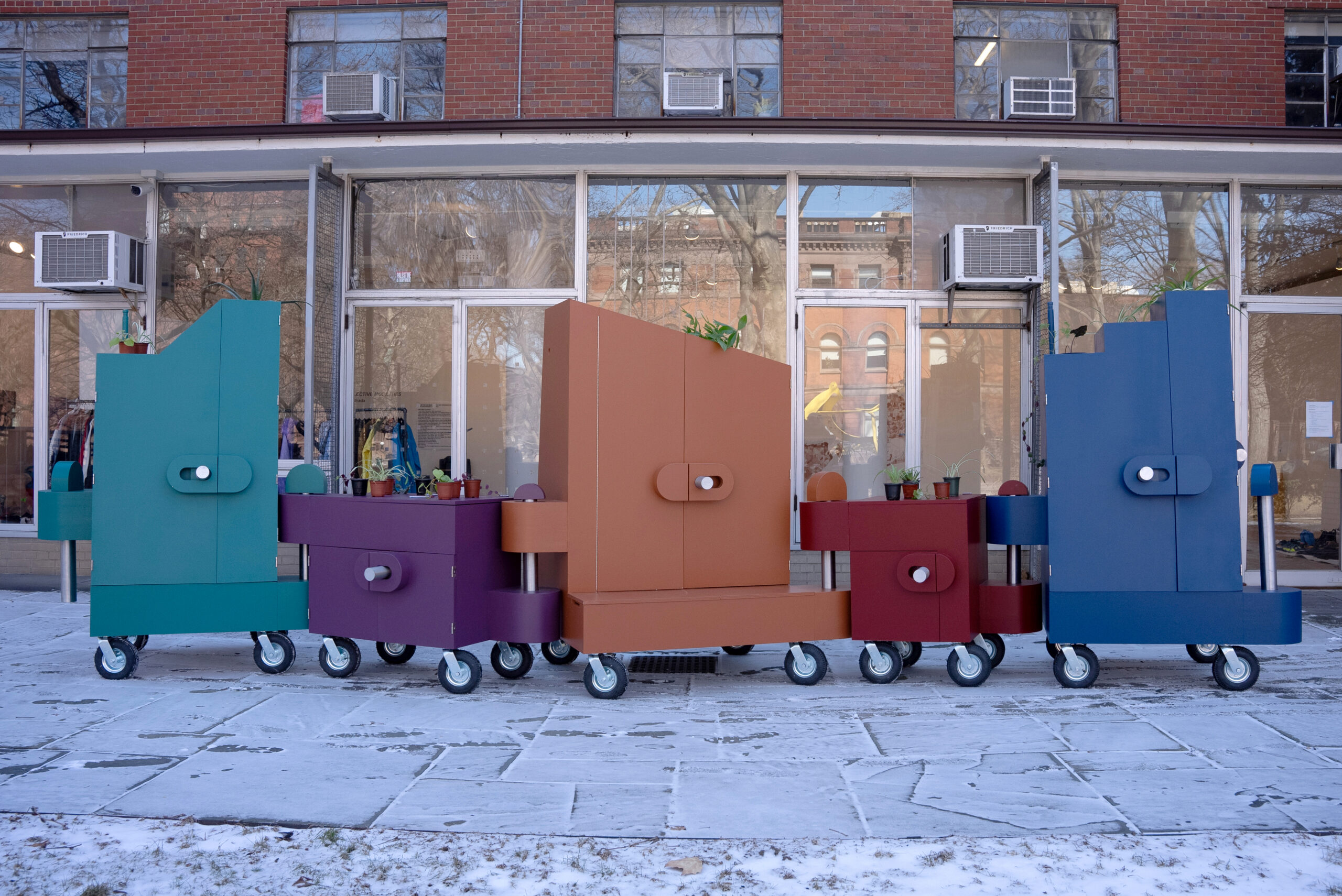
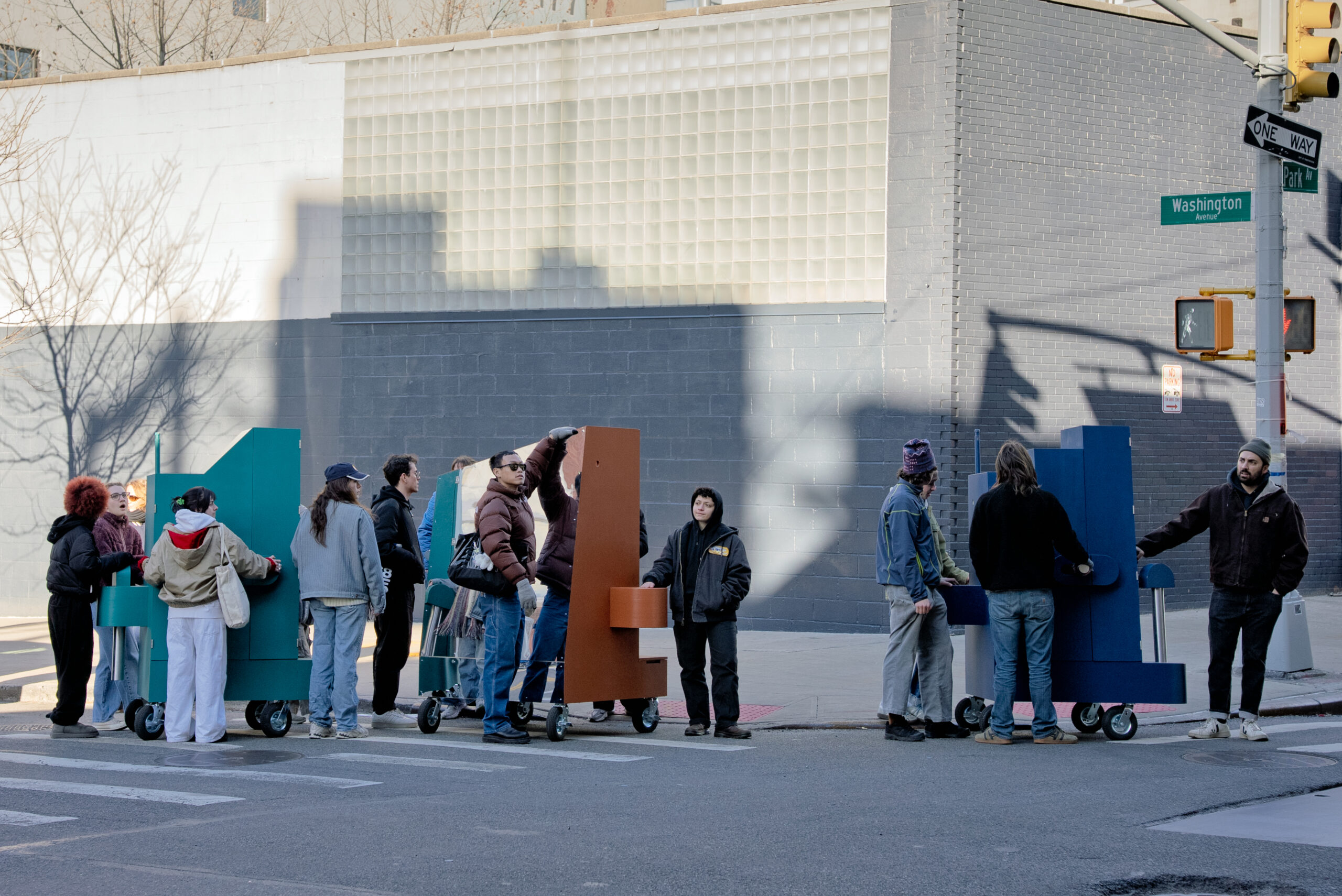
By Alex Strada
Drawing from my ongoing role as the Public Artist in Residence with the NYC Department of Homeless Services and Department of Cultural Affairs, I organized Collective Mobilities, an exhibition that was on view at the Dekalb Gallery from February 3 through March 9, 2025. The project facilitated mutual aid and redistribution in support of Pratt's neighbors experiencing homelessness, including asylum seekers.
Homelessness is often stigmatized and framed as a problem to be solved by city agencies alone. This exhibition challenged that perspective, emphasizing the shared responsibility of New Yorkers to address homelessness amidst the rampant dehumanization of people dealing with housing insecurity, including asylum seekers. By forging partnerships among students, mutual aid groups, city workers, and researchers, Collective Mobilities demonstrated the transformative potential of creative, community-driven care.
